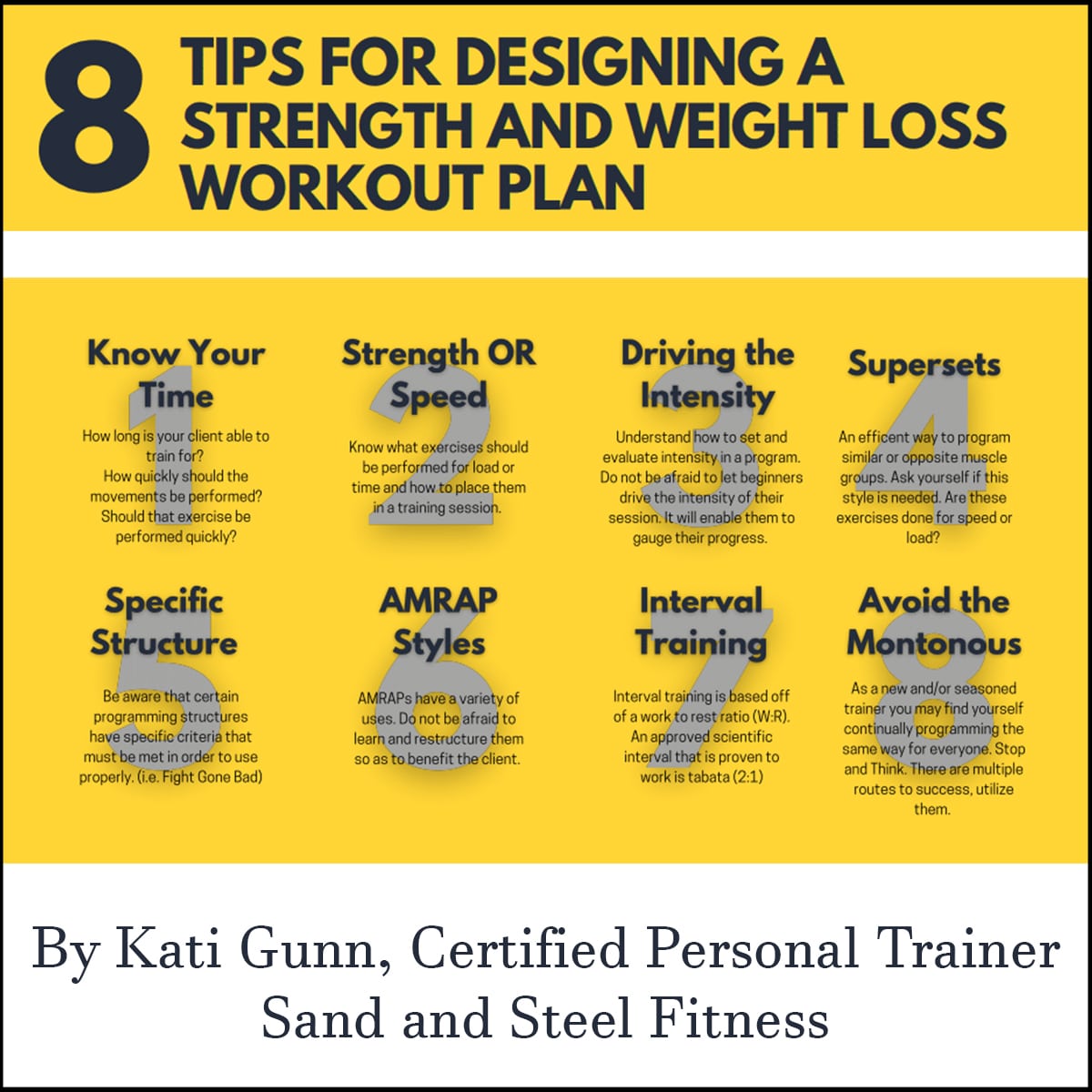sport.biz.id/category/fitness’>fitness Tips for Long-Term Weight Maintenance
Losing weight is a significant accomplishment, but the real challenge often lies in keeping it off. Many people find themselves in a frustrating cycle of losing weight, only to regain it months or years later. The good news is that with a strategic approach, you can break this cycle and maintain a healthy weight for life. This article will provide a comprehensive guide to fitness tips for long-term weight maintenance, focusing on sustainable habits rather than quick fixes.
# The Mindset Shift: From Short-Term Goal to Long-Term Lifestyle
Before we dive into the specific fitness tips, it’s crucial to address your mindset. Weight loss is a journey with a finish line, but weight maintenance is a lifestyle. The temporary, intense diets and workout routines that helped you shed pounds are often not sustainable. The key to long-term success is to integrate physical activity and healthy eating into your daily life in a way that feels natural and enjoyable.

Think of it this way: you’re not “on a diet” anymore; you’re simply living a healthy life. This shift in perspective reduces the pressure and makes it easier to stick with your new habits. It’s about finding joy in movement and nourishing your body, not punishing it.
# The Cornerstone of Consistency: Making Exercise a Habit
Consistency is the single most important factor in weight maintenance. You don’t need to be a professional athlete or spend hours at the gym every day. The goal is to move your body regularly.
# The Three Pillars of a Maintenance-Focused Fitness Routine
A well-rounded fitness routine for weight maintenance should include a combination of cardiovascular exercise, strength training, and flexibility work.
Cardio is essential for burning calories and improving heart health. It includes activities like running, jogging, brisk walking, cycling, swimming, and using an elliptical machine.
Frequency: Aim for at least 150 minutes of moderate-intensity cardio or 75 minutes of vigorous-intensity cardio per week, as recommended by health organizations.
Strength training is often overlooked for weight maintenance, but it’s a game-changer. Muscle tissue burns more calories at rest than fat tissue. By building and maintaining muscle, you essentially turn your body into a more efficient calorie-burning machine, even when you’re not working out.
Frequency: Aim for at least two strength training sessions per week, targeting all major muscle groups (legs, back, chest, shoulders, arms, and core).
Flexibility and mobility work (like stretching and yoga) are crucial for injury prevention and overall joint health. They also improve your range of motion, which makes your other workouts more effective.
Frequency: Incorporate stretching into your routine at least two to three times per week. You can do this after your workouts when your muscles are warm, or dedicate specific sessions to it.
# Beyond the Gym: Active Living in a Sedentary World
Weight maintenance isn’t just about what you do in the gym. It’s about how you live the other 23 hours of the day.
# The Role of Nutrition in Long-Term Maintenance
While this article focuses on fitness, it’s impossible to discuss weight maintenance without mentioning the vital role of nutrition. You can’t out-exercise a bad diet.
Fuel Your Body, Don’t Punish It: The goal is to eat in a way that fuels your workouts and supports your overall health. Focus on whole, unprocessed foods like fruits, vegetables, lean proteins, and healthy fats.
# The Importance of Rest and Recovery
Finally, never underestimate the power of rest. Your body doesn’t build muscle or get stronger during your workouts; it does so during your recovery periods.
Prioritize Sleep: Aim for 7-9 hours of quality sleep per night. Lack of sleep can disrupt hormones that regulate appetite and metabolism, making it harder to maintain your weight.
# Conclusion: Your Journey, Your Rules
Maintaining a healthy weight is a marathon, not a sprint. The most successful approach is one that is tailored to your unique lifestyle, preferences, and goals. By shifting your mindset, making exercise an enjoyable and consistent habit, and focusing on a holistic approach that includes strength, cardio, flexibility, and proper nutrition, you can not only keep the weight off but also build a stronger, healthier, and happier you for the long haul. Remember, this is your journey. Find what works for you, and embrace the process of living a vibrant, active life.



